The Dow's record high is a big deal if you own stocks. Half of Americans don't own any.

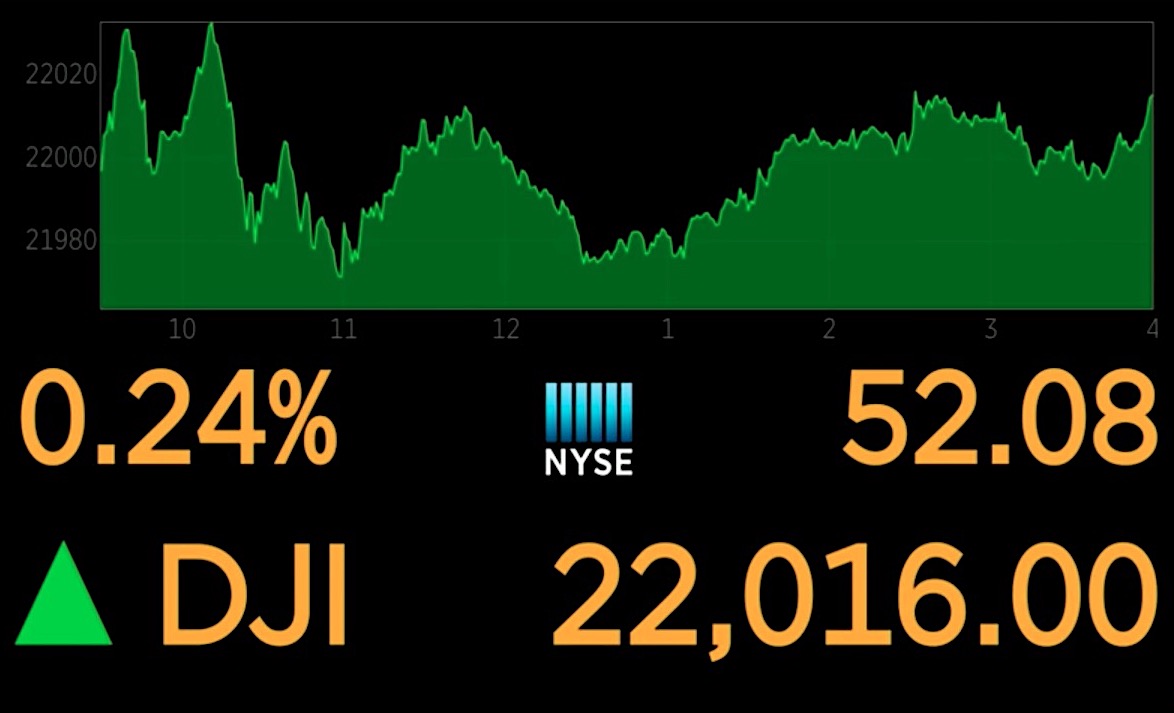
Wall Street rejoiced early Wednesday when the Dow Jones Industrial Average — a benchmark index of 30 U.S. companies — rose above 22,000 for the first time, then celebrated again when it closed above 22,000.
But fewer than 15 percent of Americans own individual stocks and about half of the country has no money invested in the stock market at all — not through a 401(k), IRA, mutual fund, or pension fund — according to Federal Reserve surveys and Gallup polls. Those people are probably not as excited about the Dow's new high-water mark, and its sprint northward from about 18,000 last November — the "Trump bump," sustained by robust corporate earnings.
"Only people with assets like stocks and houses are benefiting, and that's why this recovery has been weak," Torsten Slok, chief international economist at Deutsche Bank, tells The New York Times. According to Gallup, 89 percent of households earning $100,000 or more have some amount invested in the market, versus only 21 percent of families earning $30,000 or less. Stock ownership is "heavily tilted toward rich guys: doctors, lawyers, accountants," Steven Rosenthal, a senior fellow at the Tax Policy Center, tells The Washington Post. "It's not the middle class."
The Week
Escape your echo chamber. Get the facts behind the news, plus analysis from multiple perspectives.

Sign up for The Week's Free Newsletters
From our morning news briefing to a weekly Good News Newsletter, get the best of The Week delivered directly to your inbox.
From our morning news briefing to a weekly Good News Newsletter, get the best of The Week delivered directly to your inbox.
That has always been true, but the disparity seems to have gotten worse after people were burned in the 2008 market crash. Before the crash, in 2007, 65 percent of Americans adults were invested in the stock market, versus 54 percent currently.
A free daily email with the biggest news stories of the day – and the best features from TheWeek.com
Peter has worked as a news and culture writer and editor at The Week since the site's launch in 2008. He covers politics, world affairs, religion and cultural currents. His journalism career began as a copy editor at a financial newswire and has included editorial positions at The New York Times Magazine, Facts on File, and Oregon State University.
-
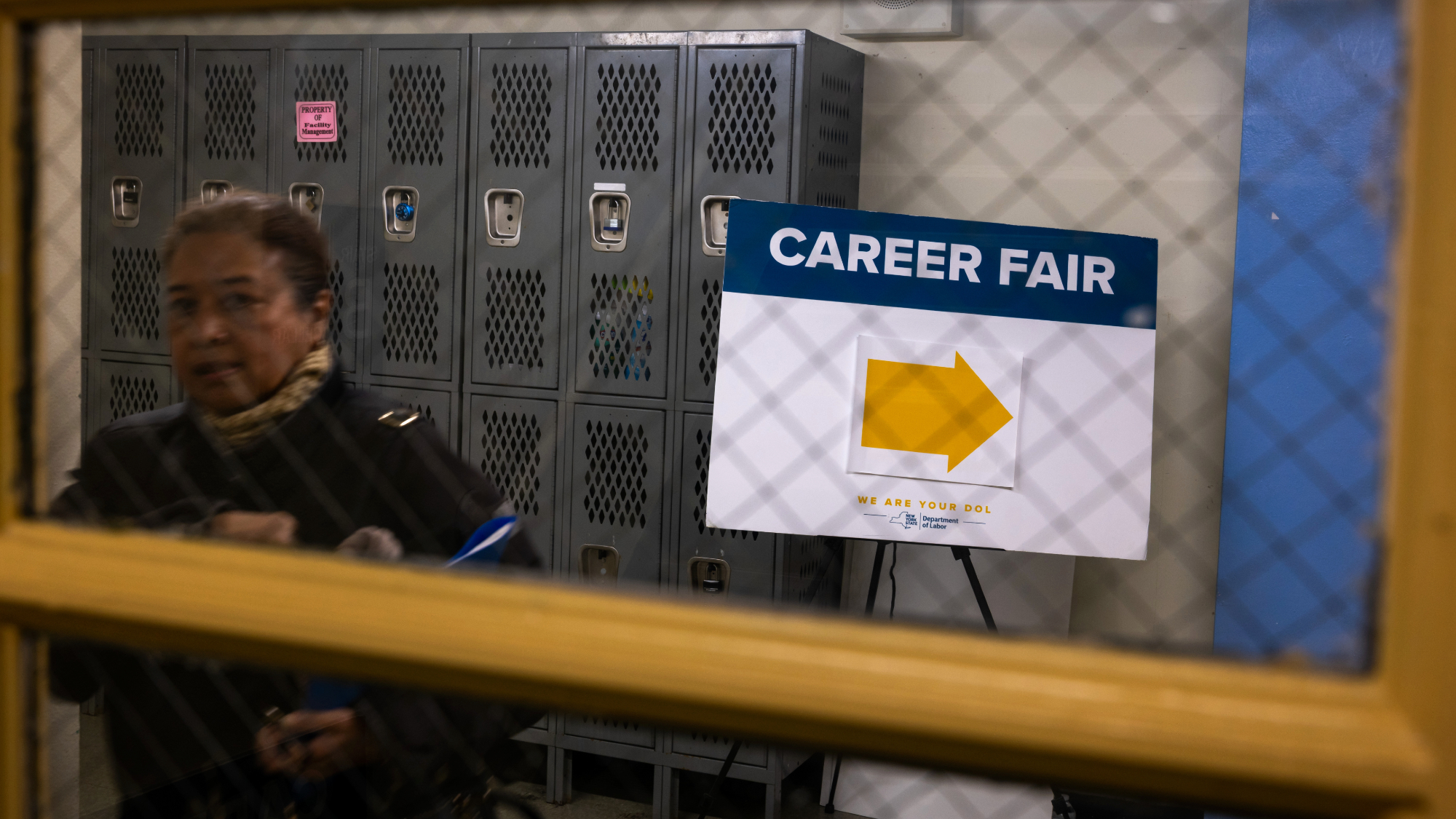 Unemployment rate ticks up amid fall job losses
Unemployment rate ticks up amid fall job lossesSpeed Read Data released by the Commerce Department indicates ‘one of the weakest American labor markets in years’
-
 US mints final penny after 232-year run
US mints final penny after 232-year runSpeed Read Production of the one-cent coin has ended
-
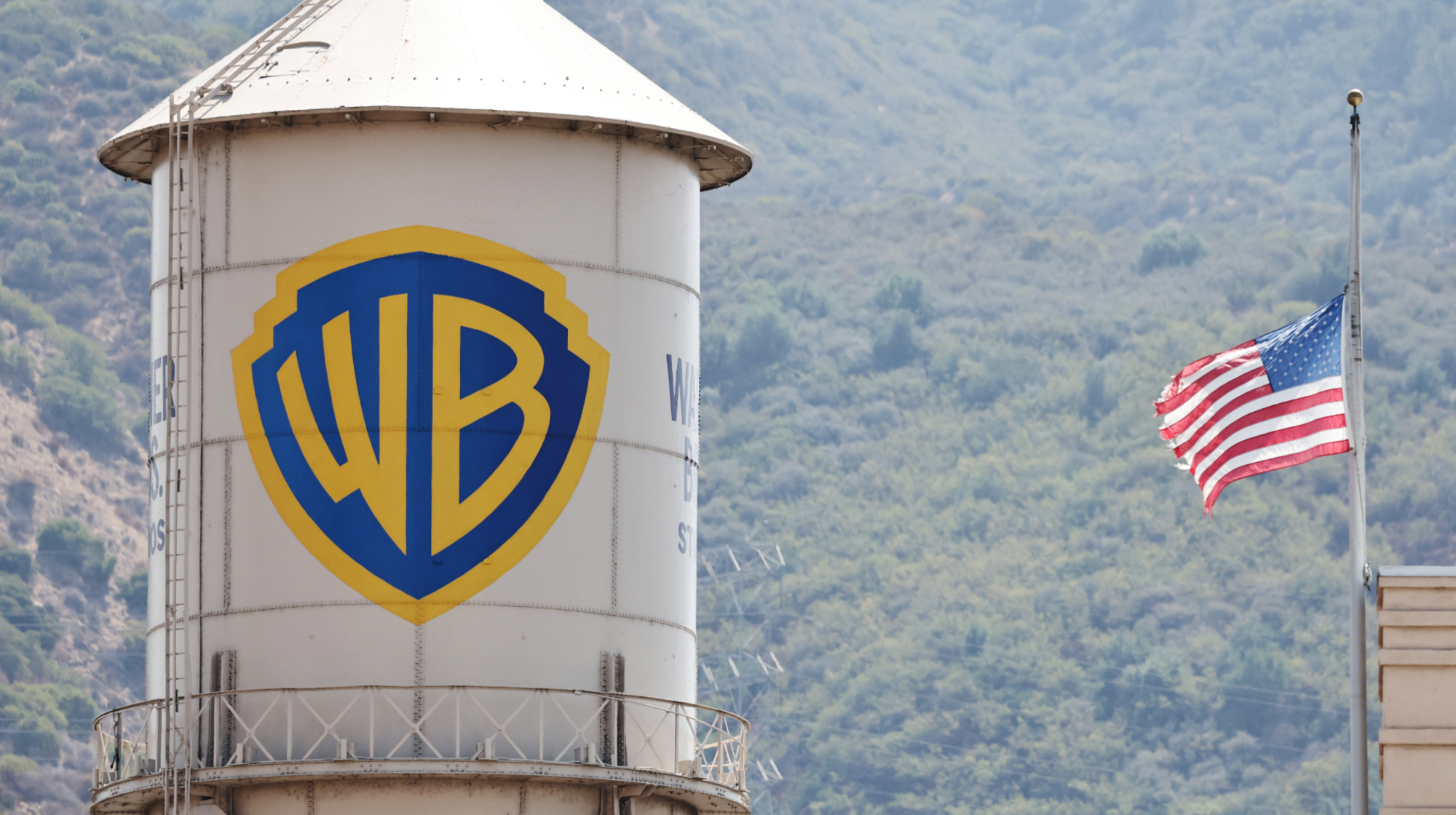 Warner Bros. explores sale amid Paramount bids
Warner Bros. explores sale amid Paramount bidsSpeed Read The media giant, home to HBO and DC Studios, has received interest from multiple buying parties
-
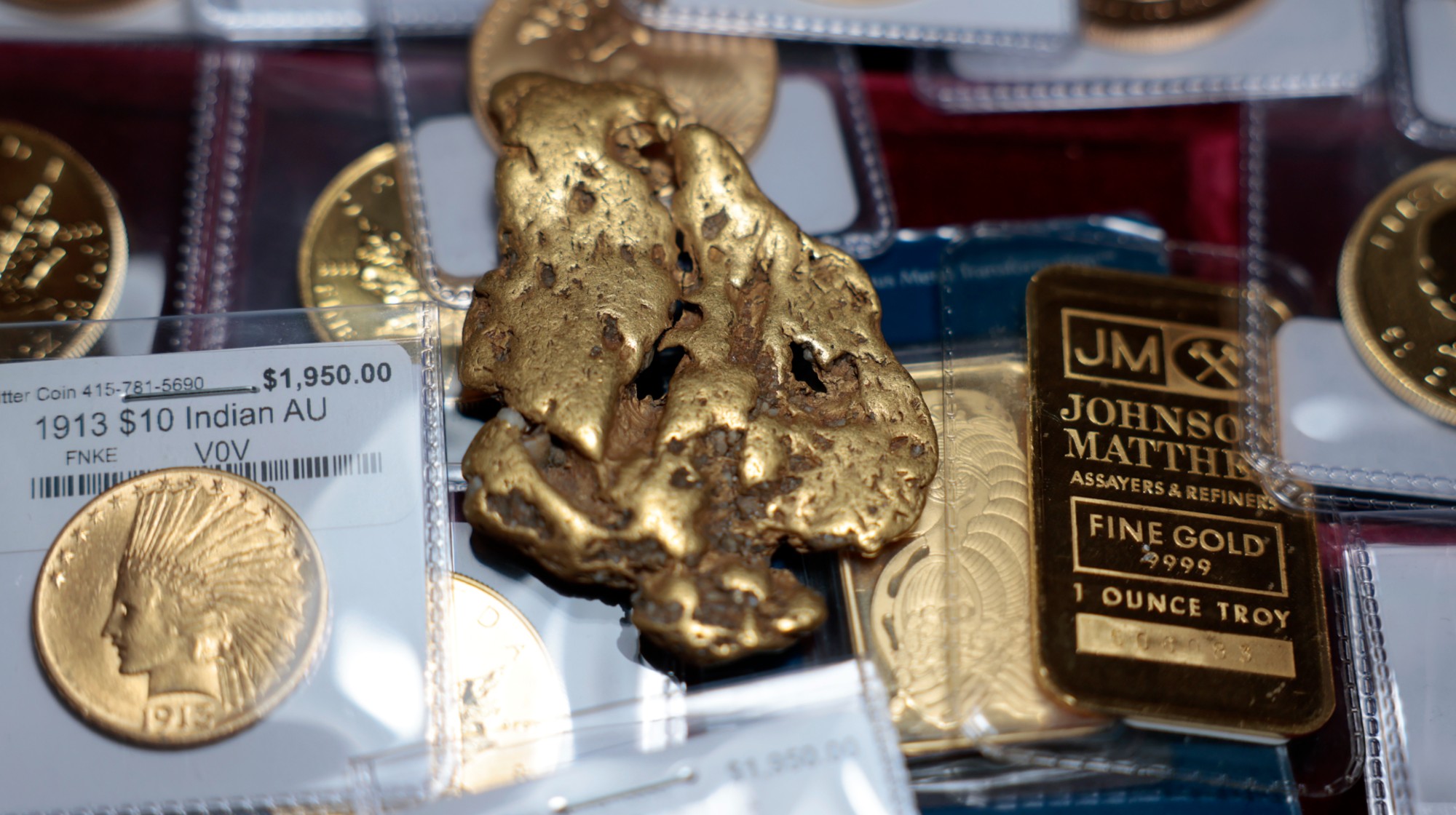 Gold tops $4K per ounce, signaling financial unease
Gold tops $4K per ounce, signaling financial uneaseSpeed Read Investors are worried about President Donald Trump’s trade war
-
 Electronic Arts to go private in record $55B deal
Electronic Arts to go private in record $55B dealspeed read The video game giant is behind ‘The Sims’ and ‘Madden NFL’
-
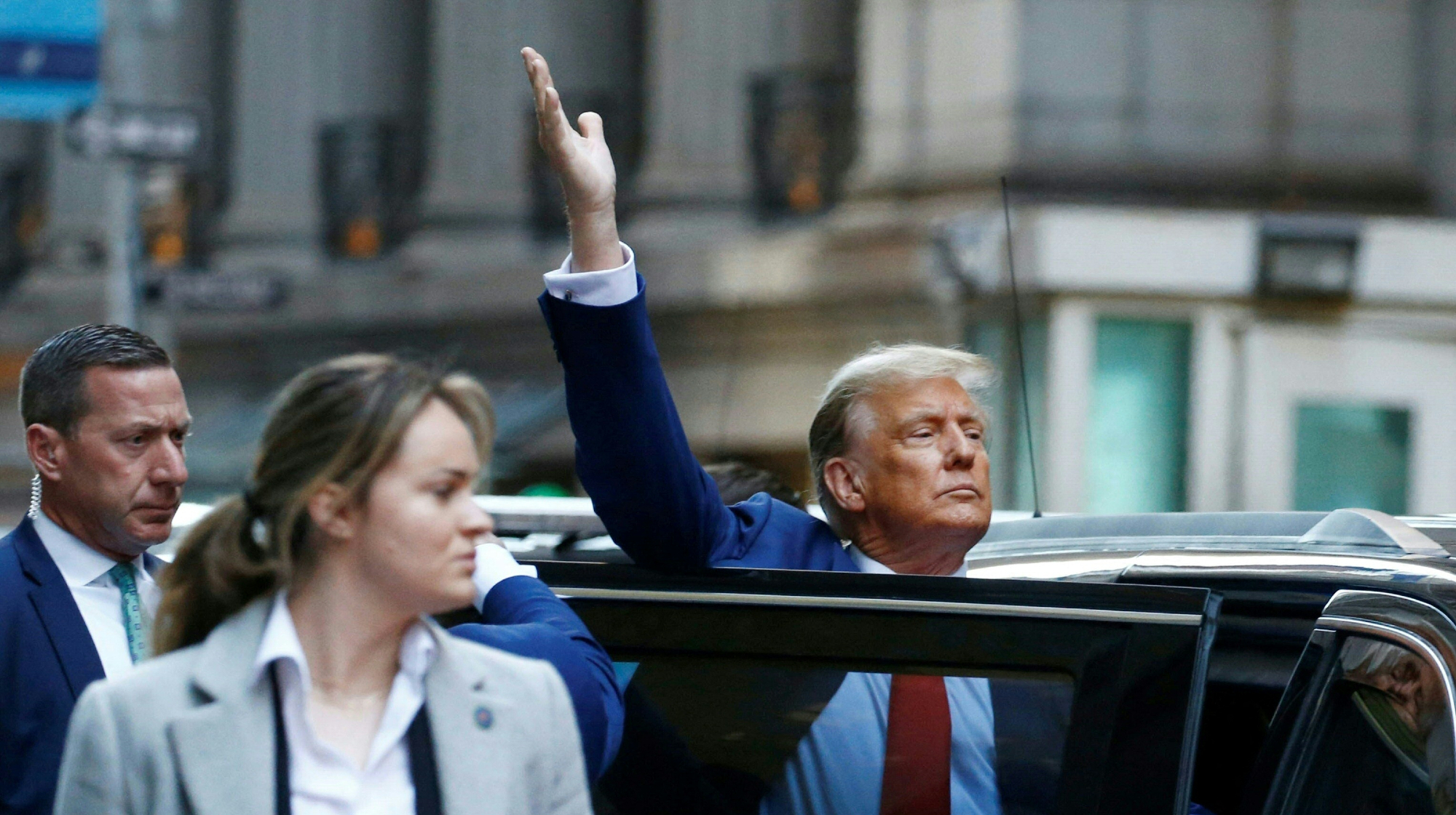 New York court tosses Trump's $500M fraud fine
New York court tosses Trump's $500M fraud fineSpeed Read A divided appeals court threw out a hefty penalty against President Trump for fraudulently inflating his wealth
-
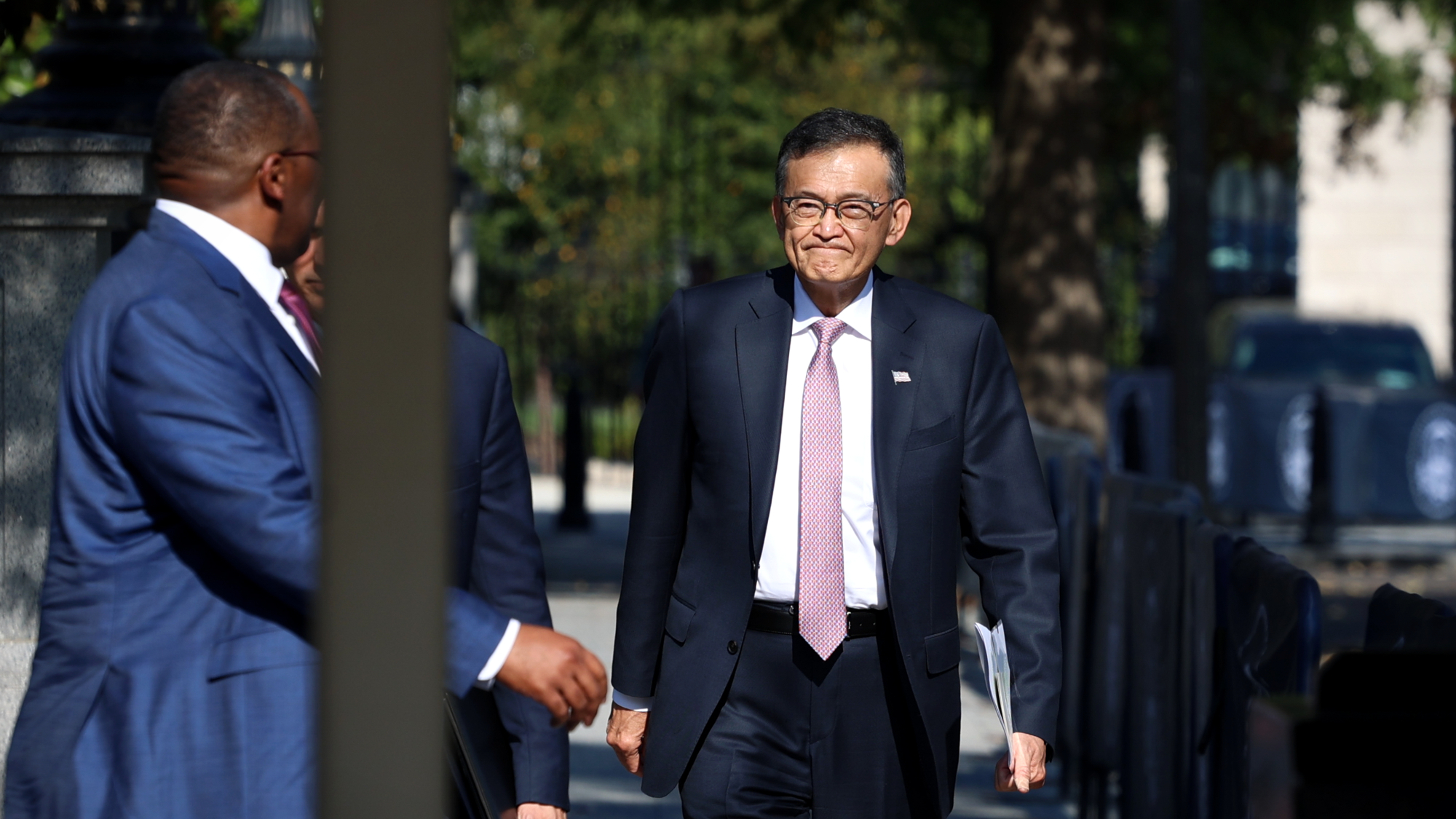 Trump said to seek government stake in Intel
Trump said to seek government stake in IntelSpeed Read The president and Intel CEO Lip-Bu Tan reportedly discussed the proposal at a recent meeting
-
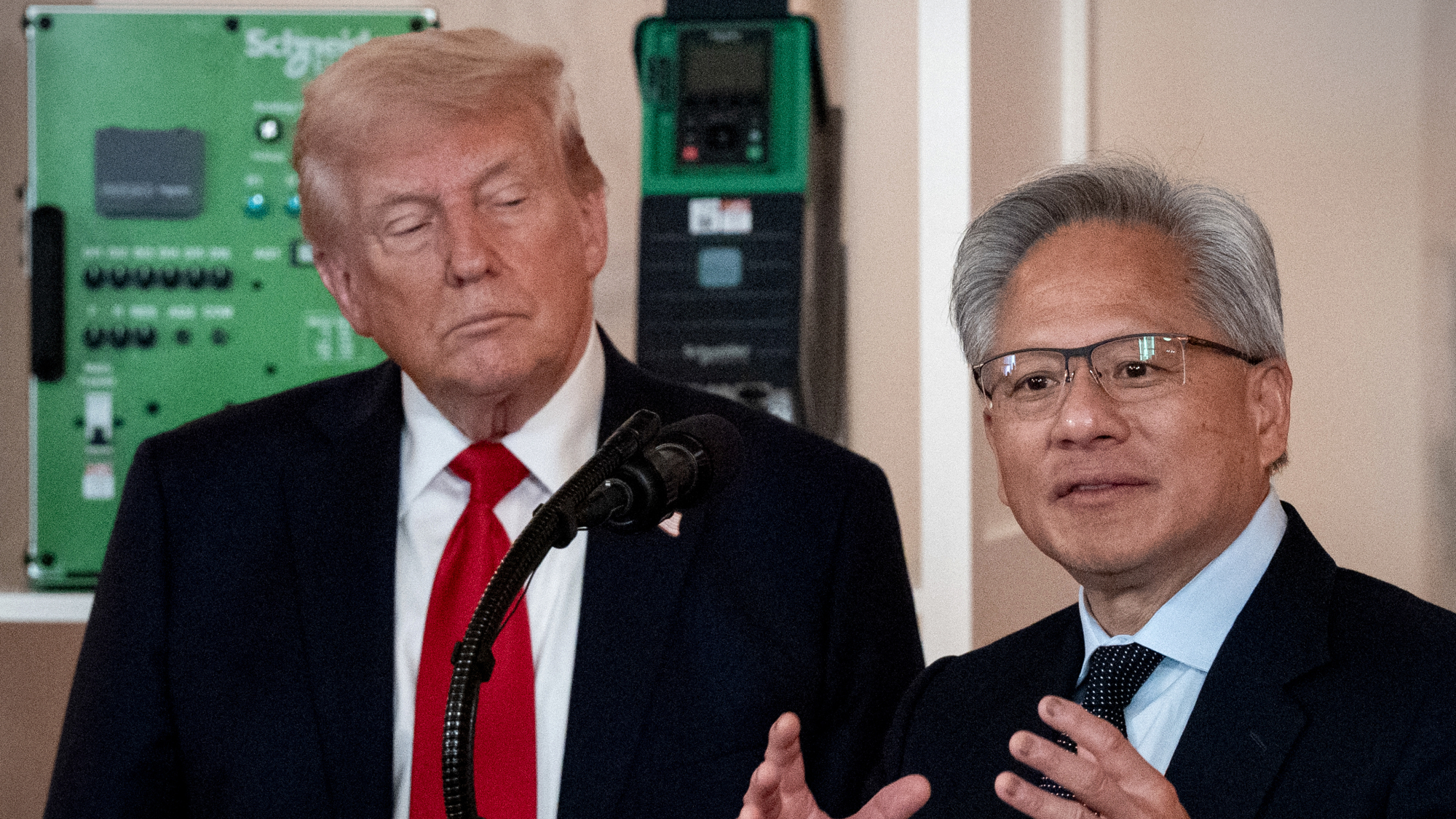 US to take 15% cut of AI chip sales to China
US to take 15% cut of AI chip sales to ChinaSpeed Read Nvidia and AMD will pay the Trump administration 15% of their revenue from selling artificial intelligence chips to China



